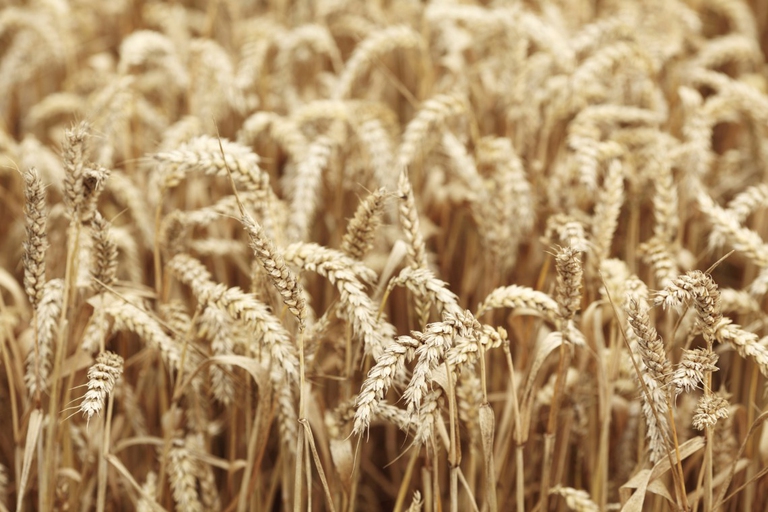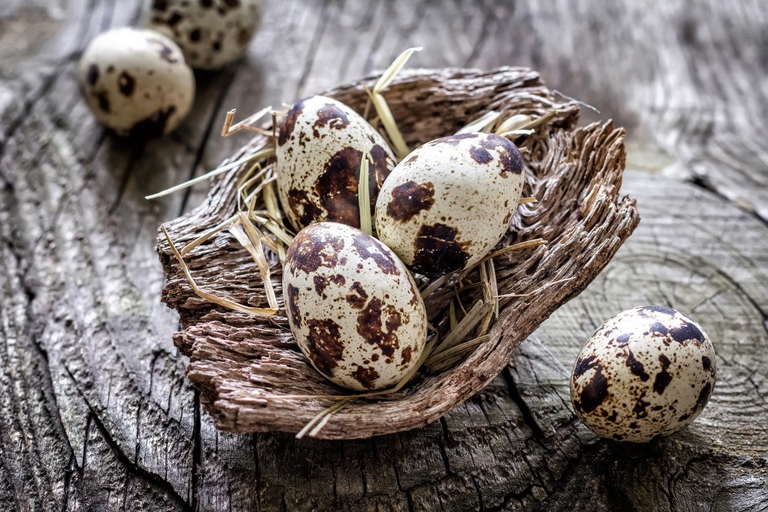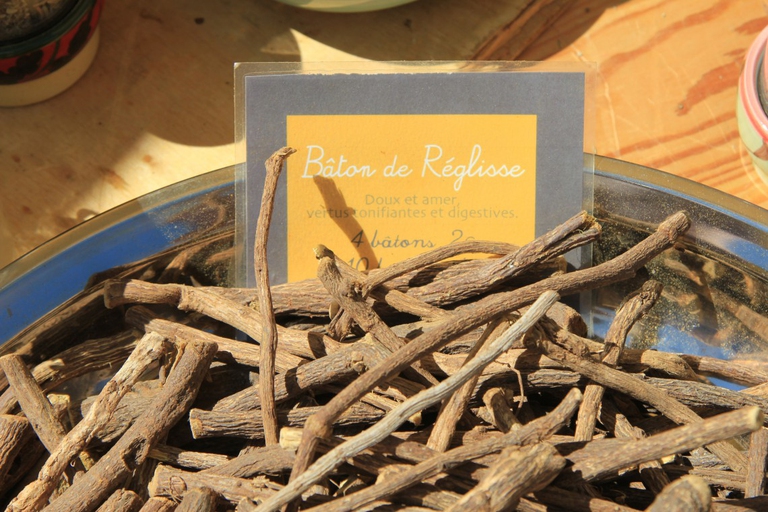
Kalongo Hospital in Uganda is on high alert. Medics are facing the pandemic amid an already precarious healthcare situation, in a country with only 55 intensive care beds.
Spring has come, allergies and pollen are around the corner and for many people the season of hay fever and sneeze could turn into a nightmare.
An allergic reaction can have many different symptoms: persistent dry cough, rhinitis, runny nose and severe congestion of mucous membranes; in many cases, itchy, tearing and burning eyes, fatigue and irritability; in the most severe cases, asthma attacks and shortness of breath.
The most common allergies occur in spring and summer and are triggered by plants that bloom from April to September. Grass, pellitory, Compositae, Betulaceae and Oleceae are just some of the plants that trigger allergic reactions. It is advisable to take preventive measures and natural remedies as early as March that can help a lot. The important thing is that you take these remedies consistently during the period you need them.
A mixture of trace elements such as manganese, sulfur and phosphorus is fundamental to prevent allergies. The first element improves the individual’s biochemical terrain, monitors and tackles hyper reactions; sulfur has detoxifying properties and removes toxins; phosphorus is an antispasmodic substance. Take a vial a day for a month and then a vial on alternate days in the morning without food holding the liquid under the tongue for two minutes before swallowing.
Combine it with at least 50 drops of Rosa Canina mg and 50 drops of Blackcurrant mg in the morning without food in a little water and before dinner take just 50 to 70 drops of Blackcurrant mg. The dosage varies according to necessity and body types. Other remedies can be added to this therapy for spring allergies when the plant that triggered the allergy reaction is in full bloom.
Euphrasia, helichrysum and mulberry can be combined in the acute phase in case of watery eyes and eye congestion. These are plants that have strong anti-allergy and decongestant properties and can be found combined together in a solution that should be diluted in water and taken at least three times a day.
The freeze-dried rock partridge eggs powder, a bird of the Phasianidi family, is a very effective remedy. It stimulates the production of antibodies and, thanks to the fact that it is high in glycoprotein, it is able to deactivate allergens. You should take it in combination with trace elements, and it is also found in herbalist’s shops in capsule form. The daily dose is 4 or 6 capsules, according to necessity.
Perilla oil is another excellent remedy that tackles the disorders related to allergies and it is particularly advisable to use it in case of chronic inflammation.
Licorice that has properties similar to those of cortisone: with licorice and marshmallow roots, which has soothing effects on the mucous membranes, and nettle, which is considered a natural antihistamine plant you can prepare a tasty herbal tea. Those who suffer from high blood pressure shouldn’t consume licorice and opt for helichrysum. In case of allergic asthma Viburnum mg can be very helpful to tackle allergy thanks to its bronchodilator properties. Take it with little water in combination with Blackcurrant mg 2 or 3 times a day between meals.
Specific lactic acid bacteria combined with vitamin C and Polyporus squamosus can tackle seasonal allergies and should always be combined also in the prevention phase.
All the remedies listed above are extremely effective even in situations of chronic allergic disorders (allergies to mites, animals, mould, dust), if they’re taken consistently and for long periods. Unfortunately, climate change, increased pollution and stress have contributed to develop perennial allergies.
Of course, pay attention to your diet and avoid foods that contain histamine or stimulate their production. Eat them in small amounts, infrequently and never combined.
Aged cheese, shellfish, seafood and certain types of fish (mackerel, sardines, tuna, anchovies), red wine, tomatoes, spinach, aubergine, cured meat, soy sauce contain high levels of histamine.
On the contrary, chocolate, cocoa, strawberry, citrus fruit, pineapple, kiwi, banana, pear, mushrooms, peanuts, walnuts, egg whites and coffee are the so-called histamine liberators.
Avoid stressful situations that may worsen your allergic reaction, or prevent healing.
Take care of your personal hygiene having showers and washing your hair more frequently because pollen can settle in your hair, as well as home hygiene, especially if you have carpets and rugs. It is recommendable to quit smoking, follow a healthy diet, avoid a sedentary lifestyle and have a positive attitude.
It is advisable to turn to good professionals who will show you the most suitable remedy for you and the appropriate dosage.
Siamo anche su WhatsApp. Segui il canale ufficiale LifeGate per restare aggiornata, aggiornato sulle ultime notizie e sulle nostre attività.
![]()
Quest'opera è distribuita con Licenza Creative Commons Attribuzione - Non commerciale - Non opere derivate 4.0 Internazionale.
Kalongo Hospital in Uganda is on high alert. Medics are facing the pandemic amid an already precarious healthcare situation, in a country with only 55 intensive care beds.
Indigenous peoples in the isolated region are suffering from poor access to health, with several cities becoming hotspots of coronavirus in the Amazon. Indigenous leaders, health experts and NGOs are calling for international help.
The government believes it’s on the right track to addressing the coronavirus in Bangladesh. But millions don’t have enough food and as most hospitals refuse patients with a fever and cough, the poor are dying.
The coronavirus in Africa could completely overwhelm healthcare systems neglected for years. Yet Zambia has refrained from imposing the type of far-reaching lockdown seen in nations such as South Africa.
The city of Guayaquil in Ecuador has become the coronavirus epicentre in Latin America, offering a dire warning of what could happen throughout the region. People are dying so fast that bodies are left in their homes, or in the streets, for days.
These days her phone hasn’t stopped ringing but Ilaria Capua continues sharing her knowledge to spread information about the novel coronavirus. In this interview she highlights the importance of sustainability.
The consequences of the novel coronavirus or Covid-19: what are the symptoms, what the death toll is, whether there’re a cure, how China has been affected. And why it’s been labelled an emergency also in economic terms.
Natural remedies can be very helpful when it comes to not feeling cold in winter: here are some ways to keep the body warm, at home and outdoors, including what to eat to increase body heat.
The kambo medicine uses the secretion of the green tree frog. We speak to Tanja Lucev, who organises kambo retreats in Guatemala, about the benefits of the traditional shamanic experience.












